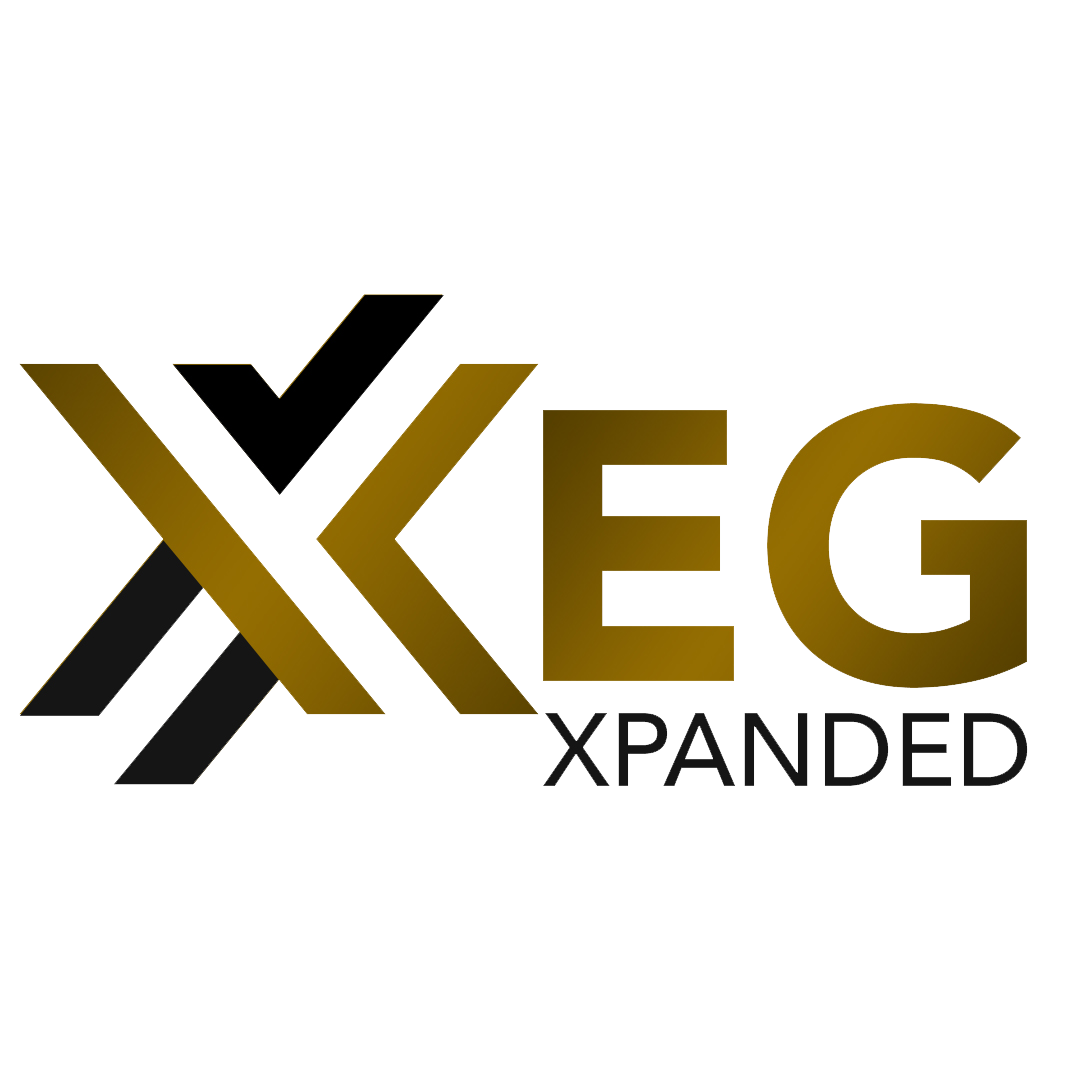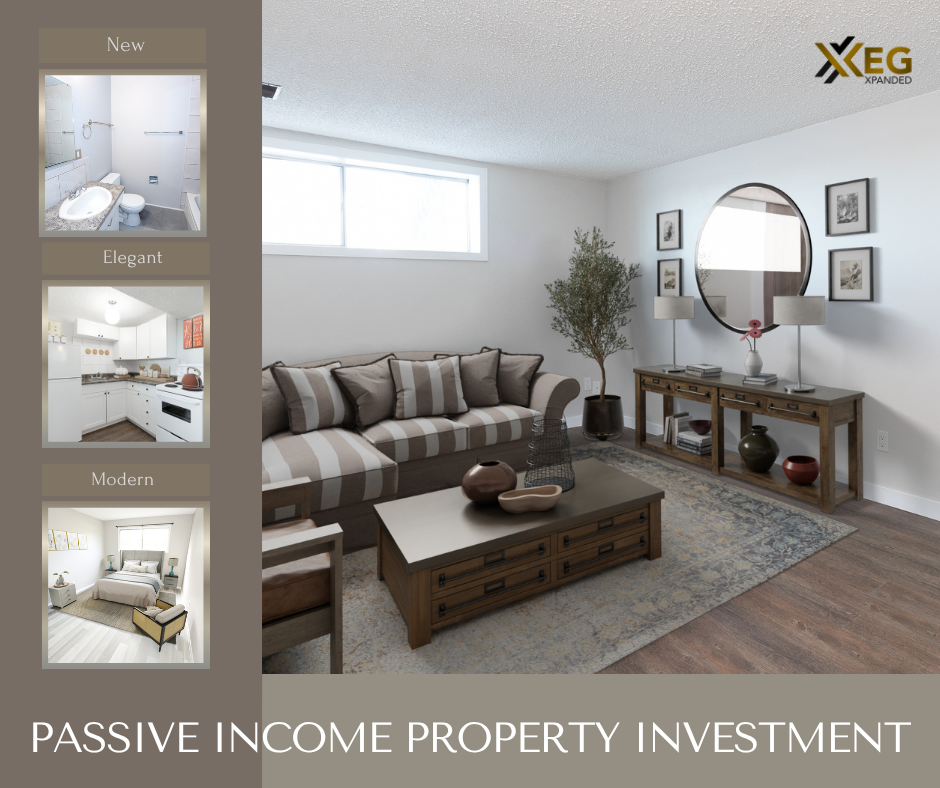Passive Income Properties in Edmonton, Canada
Make money from your property
by Shawn Moore-Lyons, Property & Investment Specialist
Hello, I’m Shawn Moore-Lyons. With more than a decade of experience advising investors in Alberta, I’m thrilled to share my insights into building passive income through rental properties in Edmonton. In this post, I’ll explain how the city’s affordability, rental demand, market fundamentals, and strategic property selection come together to support sustainable, cash-flowing investments.
1. Why Edmonton Stands Out for Passive Income Investors
Affordability Meets Stability
Edmonton remains one of Canada’s most affordable major markets. As of mid-2025, the average home price in the Edmonton area was around $465,000. For apartment condos, the average sale price sits near $215,000. Lower purchase prices compared to cities like Toronto or Vancouver allow investors like myself — and those I work with — to achieve healthy yields and positive cash flow.
Strong Rental Demand & Rent Growth
Edmonton’s rental market continues to thrive. Average monthly rent is just over $1,600 — well below the national average. This affordability attracts tenants across a range of demographics, from students to young professionals, families, and new immigrants. That translates into high occupancy and stable income for landlords.
Market Resilience & Positive Cash Flow
Even with interest rates hovering around 5%, Edmonton is one of the few Canadian cities where positive cash flow is still achievable with a 20% down payment. Investors benefit from no provincial sales tax, lower holding costs, and a landlord-friendly regulatory environment. These factors combined make Edmonton incredibly resilient for long-term passive income strategies.
2. Market Overview: Key Metrics for Edmonton in 2025
Population & Economic Context
Edmonton is Alberta’s capital and one of Canada’s fastest-growing metropolitan areas, with over 1.4 million residents. While traditionally dependent on oil and gas, Edmonton’s economy has diversified into healthcare, education, tech, and research. With institutions like the University of Alberta and a strong hospital network, the city draws steady housing demand across multiple sectors.
Vacancy Rates & Inventory
Vacancy rates for purpose-built rentals sit at approximately 4.8%, while condo-unit vacancies are much tighter at just over 1%. Even though there’s been a recent construction boom in multi-family housing, demand continues to outpace supply. That’s a strong signal for long-term rental investors.
Rental Yields & GRM
Gross Rent Multipliers (GRMs) and capitalization rates remain investor-friendly. Most Edmonton rental properties yield between 4% and 5%. Lower GRMs — meaning shorter payback periods — reflect the city’s favorable price-to-rent ratio, especially when compared to other Canadian urban markets.
3. My Approach: How I Select Passive Income Properties
Defining “Passive”
For me, passive income means minimal day-to-day involvement. That usually means owning rental units managed by professional property managers. Whether I’m investing personally or advising a client, I look for properties where net operating income exceeds all expenses — even after management fees and vacancy assumptions.
Property Types I Focus On
Purpose-Built Rental Apartments: These offer lower vacancy rates, predictable rental returns, and better depreciation options for tax planning.
Condo Rental Units: Condos can offer attractive entry points, but rising condo fees can affect long-term cash flow — so careful vetting is essential.
Duplexes and Low-Rise Multi-Family Units: These offer excellent returns in the right neighbourhoods and are ideal for investors looking for a manageable property size.
Location Strategy
Location is everything. I focus on neighbourhoods with stable or growing rental demand — near universities, hospitals, LRT lines, or major employment hubs. Areas like Garneau, Strathcona, and Oliver are consistently in demand. I also look for emerging neighbourhoods with redevelopment potential, such as Blatchford or portions of downtown like the Ice District.
Numbers & Analysis
Before I make or recommend a purchase, I crunch the numbers. Key metrics I use include:
Cash Flow – Rent minus mortgage, taxes, maintenance, condo fees, and management.
Cap Rate & GRM – To assess investment efficiency.
Appreciation Potential – Based on local development plans, infrastructure upgrades, and sales trends.
4. Sample Case Study: Condo vs. Purpose-Built Rental
Scenario A – Condo Investment
Purchase Price: ~$214,000
Average Rent: ~$1,466 for a 2-bedroom
Key Consideration: Condo fees can significantly impact profitability. Some downtown condos now carry fees of $500–600/month or more. Due diligence on financial statements and reserve fund studies is critical.
Scenario B – Purpose-Built Rental
Purchase Price: ~$440,000 for a small multifamily
Average Rent: ~$1,882 for a 2-bedroom
Key Consideration: No condo fees, more control over maintenance, and often better tenant profiles. These properties generally yield stronger long-term results — both cash flow and equity growth.
5. How to Maximize Passive Income Returns
Hire Professional Property Management
Quality property management is key to making passive income truly passive. I work only with managers who have strong local knowledge, handle everything from leasing to repairs, and provide monthly reporting. A good manager more than pays for themselves by reducing turnover and maintaining tenant satisfaction.
Make Strategic Renovations
Not all upgrades are equal. I focus on renovations that boost rent or lower long-term operating costs — like new kitchens, energy-efficient windows, or in-suite laundry. Even simple updates like fresh paint or modern fixtures can reduce vacancy time and command higher rents.
Track Local Policy & Programs
Edmonton continues to offer programs and grants that support housing development, energy efficiency, and infill properties. Keeping an eye on zoning changes, transit expansions, and redevelopment zones can give investors a strategic edge.
Short-Term Rentals: Worth It?
Short-term rentals can boost income, but they also add complexity. I’ve seen clients succeed with Airbnb units in downtown or near the University of Alberta. That said, they require active management or third-party oversight. For truly passive income, long-term rentals offer more stability and less regulatory risk.
6. Risks and Mitigations
| Risk | Mitigation |
|---|---|
| Vacancy | Invest in high-demand areas with stable demographics. Maintain good tenant relationships. |
| Interest Rate Increases | Use fixed-rate financing. Stress-test cash flow scenarios. |
| Condo Fee Increases | Review condo financials, reserve fund studies, and management reports before purchase. |
| Unexpected Repairs | Set aside a capital reserve. Get thorough home inspections. |
| Market Fluctuations | Hold long-term, diversify across neighborhoods, and buy based on fundamentals — not speculation. |
7. Why Passive Income Properties Work in Edmonton
Here’s why I believe passive income through Edmonton real estate is not just possible — but smart:
Strong Cash Flow Potential: The price-to-rent ratio remains favourable.
Economic Stability: Edmonton continues to diversify beyond oil and gas.
Rental Demand: With a young, growing population and major institutions, demand is steady.
Affordability: You can still find cash-flowing properties without overleveraging.
Landlord-Friendly Environment: Alberta laws support timely dispute resolution and fair lease enforcement.
Tax Advantages: Rental property owners can deduct mortgage interest, property taxes, repairs, and depreciation.
8. My Top 5 Investment Tips for 2025
Run the Numbers First – Never rely on hope or averages. Cash flow must be calculated accurately with a margin for safety.
Think Long-Term – Even modest appreciation and consistent income create serious wealth over 10+ years.
Vet the Property, Not Just the Deal – Inspect thoroughly. Review condo boards and reserve funds. Check historical rents.
Build a Local Team – Trusted contractors, realtors, property managers, and legal help are critical to success.
Be Patient and Selective – The best deals aren’t rushed. Wait for the right property in the right area, and act decisively when it shows up.
9. FAQs from Investors I Work With
Q: Is positive cash flow still possible in Edmonton in 2025?
Yes. With careful property selection, it’s still possible to achieve cash flow — even with 5–5.5% interest rates. You’ll need to crunch the numbers and avoid high-fee properties.
Q: Should I buy a condo or a house for rentals?
Condos can be great in certain buildings — but rising fees and restrictive boards can kill profitability. I prefer purpose-built rentals or small multifamily homes when possible.
Q: What neighbourhoods do you recommend for rentals?
Garneau, Strathcona, Oliver, Westmount, and parts of downtown continue to attract strong tenants. For newer builds, look at Blatchford or infill opportunities in mature communities.
Q: Can I do Airbnb in Edmonton?
Yes, but it requires more active management or a strong third-party partner. It's not as passive as long-term rentals, but it can offer higher returns in prime locations.
Conclusion
Passive income through real estate is absolutely achievable — especially here in Edmonton. With the right strategy, reliable property management, and a long-term outlook, real estate can provide steady monthly income, equity growth, and lasting financial freedom.
If you’re considering investing in Edmonton or want help reviewing potential opportunities, I’d be happy to guide you. Whether you’re a first-time investor or building a growing portfolio, I can help you make decisions that are informed, strategic, and focused on your long-term success.
Thanks for reading — I’m Shawn Moore-Lyons, and I look forward to helping you build wealth through passive income property investing in Edmonton.

